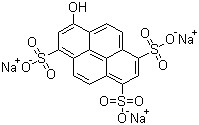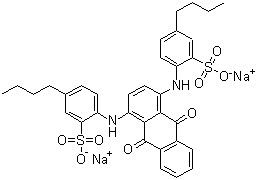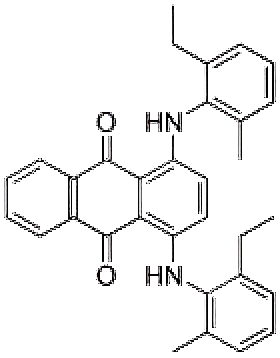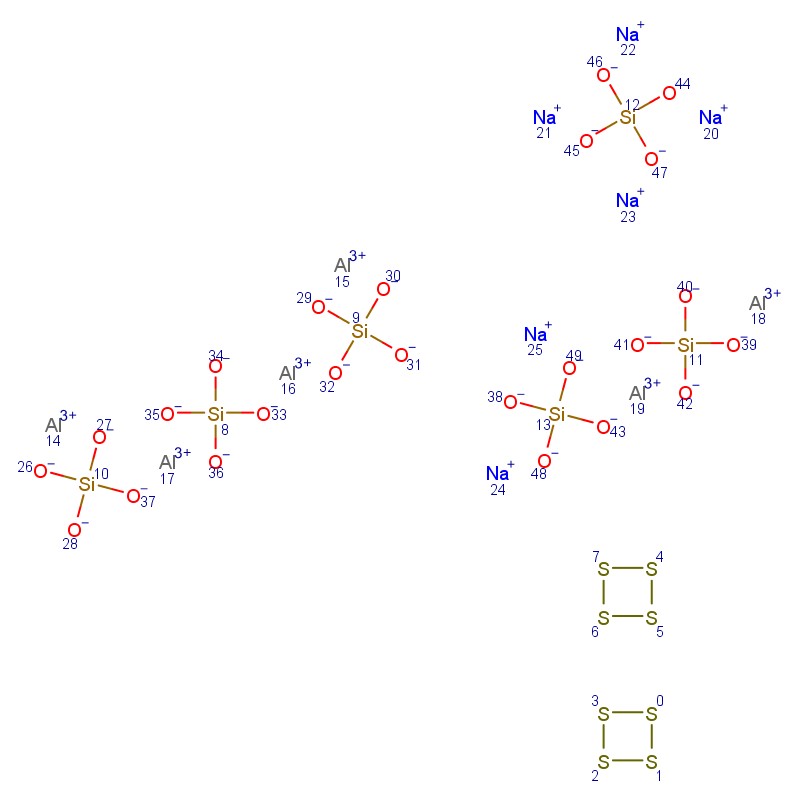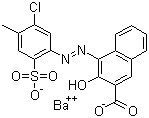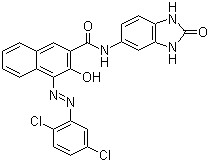Solvent Green 7(CAS#6358-69-6)
| Risk Codes | 36/37/38 – Irritating to eyes, respiratory system and skin. |
| Safety Description | S36/37 – Wear suitable protective clothing and gloves. S37/39 – Wear suitable gloves and eye/face protection S26 – In case of contact with eyes, rinse immediately with plenty of water and seek medical advice. S36 – Wear suitable protective clothing. |
| WGK Germany | 3 |
| RTECS | UR2700000 |
| TSCA | Yes |
| HS Code | 29089990 |
Introduction
Solvent Green 7 is an organic dye, also known as Laban Green 5G, Acid Green 7, Fine Acid Green 7, etc. The following is an introduction to the properties, uses, preparation methods and safety information of solvent green 7: Properties:- Appearance: Solvent green 7 is a dark green crystalline powder. – Solubility: Soluble in water, ethanol and ether organic solvents. – Stability: Stable under light and good heat resistance. Uses:- Solvent green 7 is mainly used as a dye and indicator, and is commonly used in dyeing and printing in textile, leather, plastic and other industries. – It can also be used as an indicator in chemical laboratories for pH determination and acid-base titration, among other things. Preparation method:- There are many synthesis methods of solvent green 7, and a general method is to react with phenol by aniline under acidic conditions, and then carry out sulfonation and diazotization reaction to obtain the target product. Safety Information:- Avoid inhaling its dust during operation and ensure good ventilation. – During storage, solvent green 7 should be kept in a dry, cool, airtight container, away from ignition and oxidants. – The emission of solvent green 7 into the environment shall comply with the limits of relevant laws and regulations. When disposing of waste, please dispose of it in accordance with local regulations.


